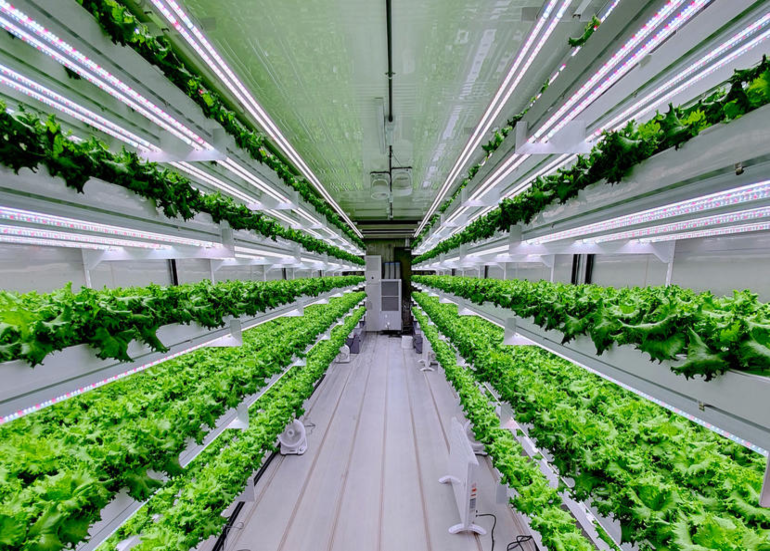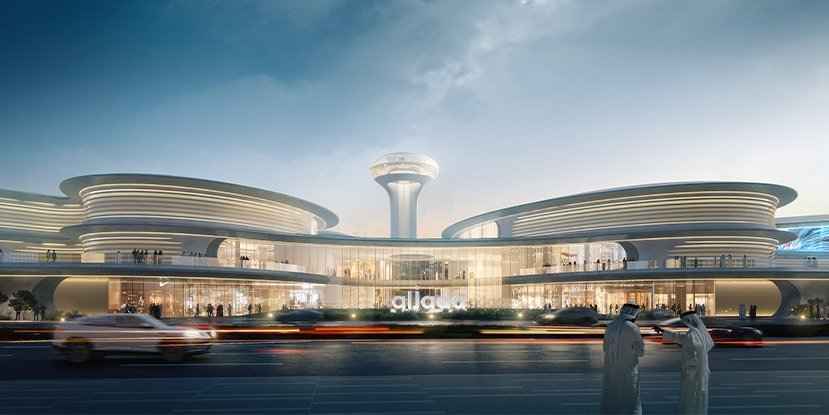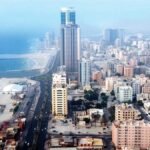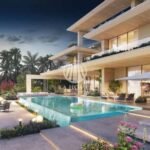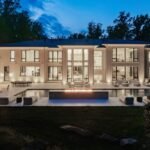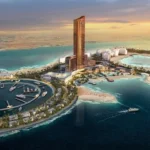Now Reading: LEED and BREEAM Certifications in UAE Real Estate
-
01
LEED and BREEAM Certifications in UAE Real Estate
LEED and BREEAM Certifications in UAE Real Estate
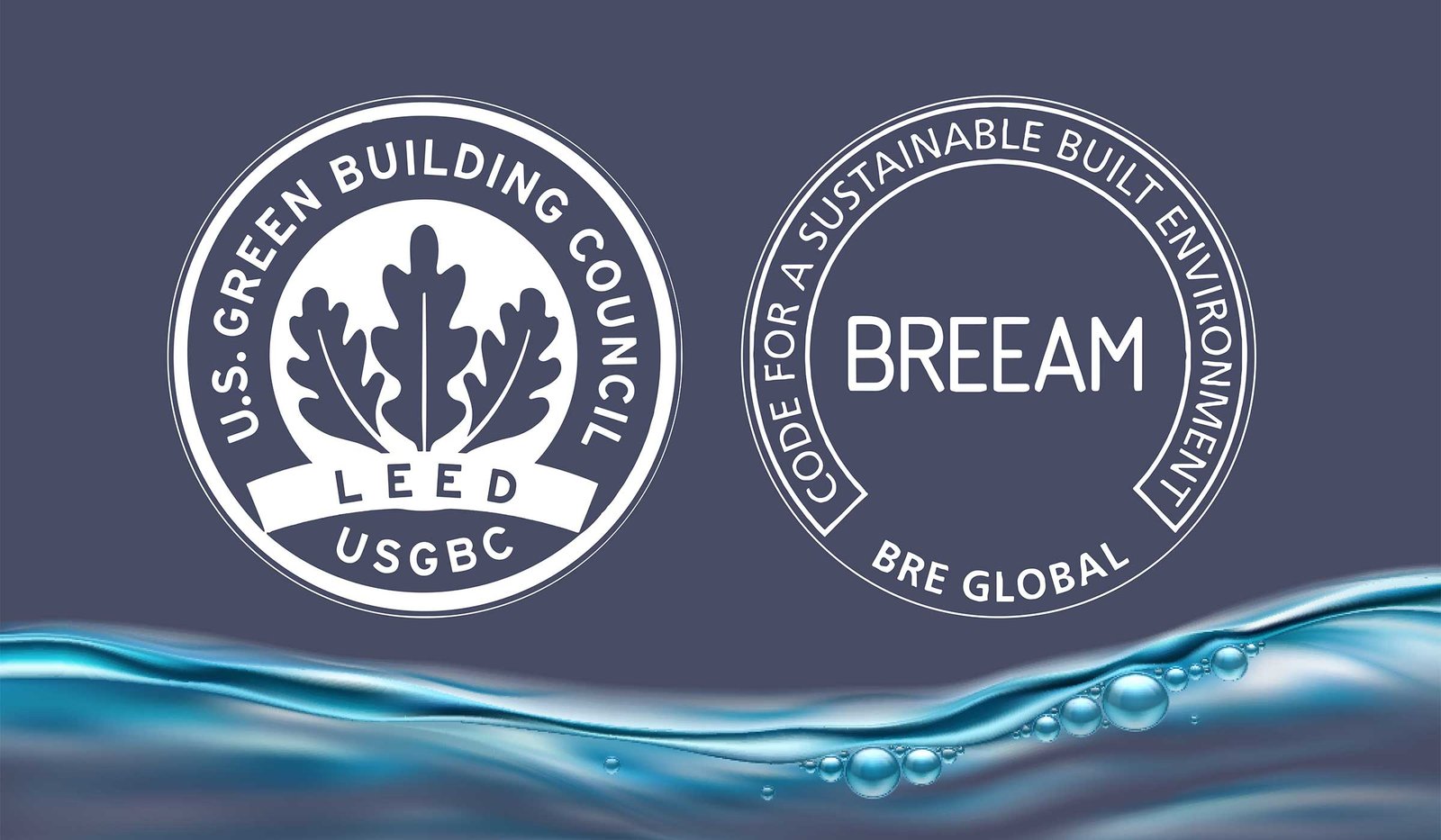
LEED and BREEAM certifications in UAE real estate are redefining the standards for sustainable development in one of the world’s most dynamic property markets. As the UAE accelerates its green initiatives and sustainability goals, these globally recognized certifications are becoming essential benchmarks for developers, investors, and residents.
From energy-efficient skyscrapers in Dubai to eco-conscious communities in Abu Dhabi, these certifications signal a commitment to environmental responsibility, operational efficiency, and long-term value.
What Are LEED and BREEAM Certifications?
- LEED (Leadership in Energy and Environmental Design): A U.S.-based green building rating system assessing energy efficiency, water use, materials, indoor environmental quality, and overall sustainability.
- BREEAM (Building Research Establishment Environmental Assessment Method): A U.K.-based certification evaluating buildings on energy, health, ecology, innovation, and sustainable management practices.
Both frameworks provide structured guidance for developers and measurable criteria to verify environmental performance.
Why These Certifications Matter in UAE Real Estate
The UAE’s real estate sector is growing rapidly, and environmental concerns are a top priority. LEED and BREEAM certifications matter for several reasons:
- Regulatory Compliance
Authorities in Dubai and Abu Dhabi encourage sustainable building practices and offer incentives for certified developments. - Investor Confidence
Green-certified buildings attract international investors who value sustainability and reduced operational risks. - Operational Efficiency
Energy and water savings lower long-term costs and reduce dependency on scarce resources. - Marketing Advantage
Certifications serve as a differentiator, signaling premium quality and eco-conscious design to buyers.
Key Features of LEED and BREEAM Certified Buildings
Certified projects often include:
- Energy-efficient lighting and HVAC systems.
- Water-saving fixtures and recycling systems.
- Sustainable construction materials with low environmental impact.
- Advanced waste management and pollution control measures.
- Green roofs, vertical gardens, and outdoor community spaces.
Examples in the UAE
- Burj Khalifa, Dubai: Achieved LEED Gold certification for energy-efficient systems and sustainable operations.
- Masdar City, Abu Dhabi: Many buildings meet BREEAM standards, focusing on renewable energy, water conservation, and low-carbon design.
- The Sustainable City, Dubai: Incorporates solar power, waste recycling, and energy-efficient infrastructure in line with global certification standards.
Benefits for Developers, Investors, and Residents
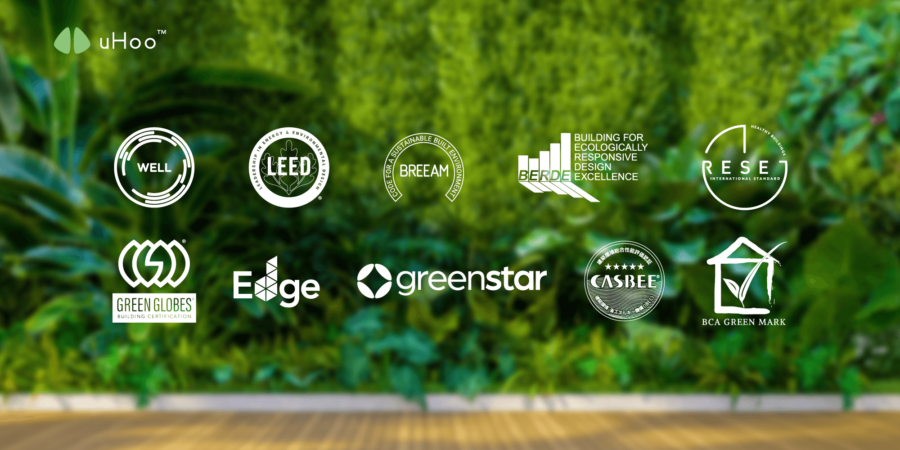
- Developers: Can command premium pricing, attract tenants, and align with government sustainability goals.
- Investors: Benefit from higher occupancy rates, lower operational costs, and long-term property value appreciation.
- Residents: Enjoy healthier living spaces, lower utility bills, and a strong community focus on sustainability.
Challenges in Achieving Certification
Despite the benefits, achieving LEED or BREEAM certification can be challenging:
- Higher Initial Costs: Sustainable materials and advanced technologies increase upfront expenses.
- Complex Documentation: Extensive reporting is required to prove compliance.
- Specialized Expertise: Developers and contractors need training in green building standards.
The Future of Green Certification in UAE Real Estate
As sustainability becomes non-negotiable, LEED and BREEAM certifications will likely become standard rather than optional. Future trends include:
- Integration with Smart Technologies: IoT systems for energy and water optimization.
- Net-Zero Buildings: Combining renewable energy and efficient design to achieve zero carbon emissions.
- Community-Level Certification: Entire neighborhoods and mixed-use developments pursuing collective sustainability ratings.
- Policy Alignment: Dubai and Abu Dhabi’s clean energy strategies will incentivize wider adoption of certified buildings.
Conclusion
The adoption of LEED and BREEAM certifications in UAE real estate represents a transformative shift toward sustainable urban development. By meeting international standards, developers are delivering buildings that are not only environmentally responsible but also financially and socially beneficial.
For investors, these certifications signal long-term value. For residents, they promise healthier, greener lifestyles. And for the UAE, they help position the country as a global leader in sustainable real estate development. They also encourage innovation in construction practices, pushing the entire industry toward smarter and more efficient building solutions.
Follow us on: Instagram
Read More:Mixed-Use Malls in Dubai: Blending Shopping and Living



